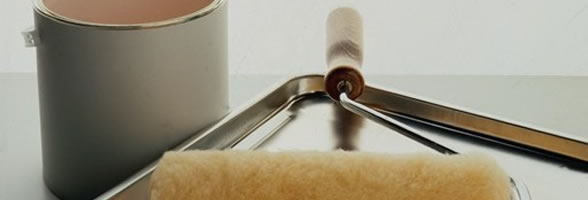
Articles Zone
Moldy Bread – Yucky or Beneficial?
04/02/2009 04:19
You know it when you see it: moldy bread. While the green splotches growing on your bread may make your stomach turn, mold has an interesting history. Yes, mold can make you sick, but remember, mold is the basis of penicillin and has saved millions of lives. Mold has been around since the dawn of time and has killed and cured. Let’s take a look at the role that this yucky, yet beneficial, organism has played through time.
Mold in the Bible
Mold has been in existence for eons. The first mention of mold in recorded history is in the Leviticus 13 and 14 of the Bible. Priests in biblical times were called in when mold or mildew was suspected in the home, much like the home inspectors of today. The home’s occupants were ordered out of the home while the priest searched for mold. When found, the mold-infested stones were torn out and the inside of the walls scraped clean. Fresh stones replaced the old mildew-covered stones and the home was re-plastered and carefully watched for re-growth.
Sound familiar? Today, when mold is suspected, modern mold remediators arrive, remove the damaged structural elements, clean, and then replace the damaged walls and building materials with new materials.
Moldy Mummies
You’ve heard of the curse of the mummies, right? Researchers have died after opening the tombs of mummies including a case where ten out of twelve researchers died within a few days of opening the tomb of King Casimir in Poland in 1973. Three species of fungi (Aspergillus avus, Penicillium rugulosum, and Penicillium rubrum) were later found on artifacts extracted from the tomb and are prime suspects in the deaths of these researchers.
Bewitching Mold
We now know about the many symptoms that mold exposure can cause including mental disturbances, hallucinations, and seizures – all of which were considered prominent signs of witchcraft. These particular symptoms are associated with rye kernels infected with Claviceps and Fusarium. Rye was a popular crop in Massachusetts during the 1600s. It’s been speculated that the Salem Witches suffered from mold-induced food poisoning after eating contaminated rye bread. If you thought moldy bread in your cupboard is yucky, imagine being burned at the stake because of it.
Mold the Killer
Mold has killed many people the world over. Case in point, the Irish potato famine. Though the Irish didn’t consume mold, mold was responsible for wiping out the potato crop. Starving, the farmers and their families consumed the uninfected “seed” potatoes. Thus, the following year, no seed potatoes were available for new crops. Nearly half of Ireland’s population of 8 million later starved to death.
Mold the Healer
Despite mold’s nasty reputation, mold has also healed countless people. Penicillin is a type of mold with antibiotic properties. Initially observed in the late 1800s, it wasn’t until 1928 when penicillin captured the imagination of Sir Alexander Fleming as a potential therapy. Fleming had observed a Staphylococcus culture become mold-infested and that mold appeared to dissolve the bacteria adjacent to it. He later discovered that substances created by mold could kill a variety of disease-causing bacteria.
Before penicillin’s discovery, people died of common infections and bacterial diseases all the time. Today, the death rate due to infections is one twentieth of what it was one hundred years ago – all thanks to mold.
The next time you pull out a piece of moldy bread, take a moment to contemplate this strange organism that both kills and heals.
By: Mr. Mark Decherd
—————
